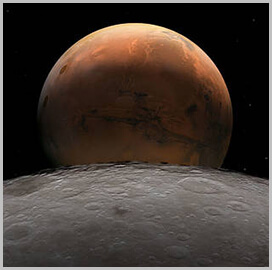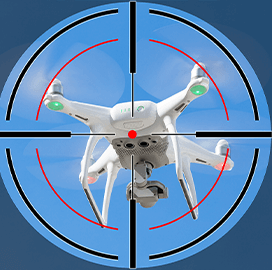
Multi-Resolution Scanner
Boeing, CSIRO Testing 3D Mapping Technology for Space Exploration on ISS
Boeing and Australia’s Commonwealth Scientific and Industrial Research Organisation have launched an investigation on the International Space Station National Laboratory aimed at validating a capability to create 3D maps of remote environments without the need for GPS.
The project uses one of NASA’s Astrobee free-flying robots deployed to the ISS in March on SpaceX’s 30th Commercial Resupply Services mission to test the Multi-Resolution Scanner software.
The MRS could improve navigation on other planets during space exploration missions and on future space stations expected to have robots as crew, the ISS National Laboratory said.
According to Marc Elmouttie, a research group leader at CSIRO, the MRS installed on the Astrobee robot will focus on creating 3D maps of the space station’s Kibo module to assess the technology’s performance in microgravity.
If the MRS trial shows positive results, the test will be expanded to other modules on the ISS to explore more mapping capabilities.
Scott Copeland, director for ISS research integration at Boeing, said the investigation may result in enhanced safety for trips to the moon and beyond.
MRS application could also extend to industries on Earth. According to the ISS National Laboratory, the technology could be used for mining and disaster relief.

Category: Future Trends




